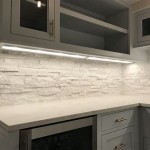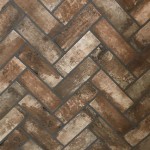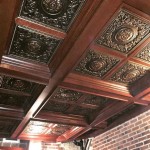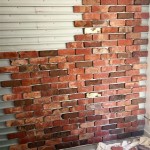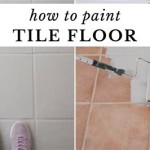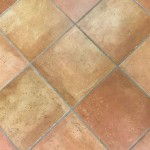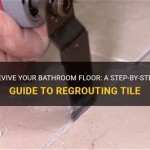Thin set tile mortar is an essential component of any tiling project, whether it be a bathroom, kitchen or other setting. It is a type of adhesive that is used to bond the tiles to the substrate or floor. Thin set tile mortar comes in several different varieties, each with their own advantages and disadvantages. It is important to understand the different types of thin set tile mortar so that you can choose the best option for your project.
The most common type of thin set tile mortar is a mix of cement, sand, and water. This type of thin set tile mortar is often referred to as a dry set mortar, and it is the most popular choice among DIYers. It is easy to use, cost-effective, and can be applied to nearly any substrate. The downside to this type of thin set tile mortar is that it is not as durable as the other types.
Another type of thin set tile mortar is latex-modified mortar. This type of thin set tile mortar is often used in wet or damp areas, as it is able to withstand moisture. It is also slightly more expensive than the dry set mortar, but is more durable and can last longer. It is especially important to use latex-modified mortar in areas like showers, where the tiles will be exposed to water on a regular basis.
Epoxy-based thin set tile mortar is another option. This type of mortar is the most expensive and is generally used in bathrooms and other areas that require a higher level of moisture protection. It is very durable and can last for many years. The downside to this type of thin set tile mortar is that it often requires a specialized installation technique.
Finally, there is also a hybrid thin set tile mortar available. This type of mortar is a combination of the other types of thin set tile mortar and is ideal for those who want the benefits of all three. It is more costly than the other types, but it is the most durable and cost-effective in the long run. Hybrid thin set tile mortar is also the best option for areas that require a high level of protection from moisture.










Related Posts

